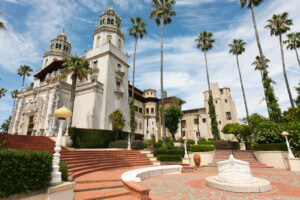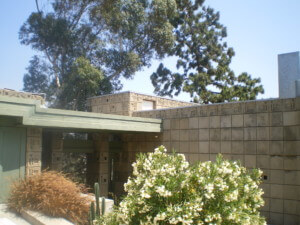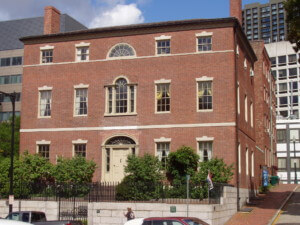After more than five decades of stewardship, it was announced on October 7 that the School of Architecture at the University of Southern California’s (USC) will no longer be managing Pasadena’s Gamble House, the exemplary Craftsman-style home designed by Greene & Greene in 1909 and designated a National Historic Landmark in 1978. Terry Tornek, the mayor of Pasadena, announced that the Pasadena City Council approved a transfer from USC to the Gamble House Conservancy, a group recently formed by the city.
The university began management of the Gamble House when it was given to Pasadena in 1966, as the school had the means and resources to operate and preserve the home at the time. Though the recent announcement means that the university fell 33 years short of its commitment to manage the home for 99 years, the change of hands was made amicably. As a report from the staff of the Pasadena City Council states, there is finally “a significant endowment in place that allows the Gamble House to be self-supporting.” Additionally, the Docent Council of the Gamble House and the Friends of the Gamble House have together demonstrated the ability to manage the necessary fundraising and daily operations of the home without the aid of the university. “The USC School of Architecture believes this decision is in the best interest of the Gamble House,” the university announced in a statement, “and will help secure its status as an educational institution of benefit to the public.”
Many aspects of how the Gamble House operates will remain unchanged after the transition is made official. The home will still be available for public tours, and the university will continue its resident scholar program, which allows two students per year to live temporarily within the home, while also having regular access to its meeting rooms and private facilities.











